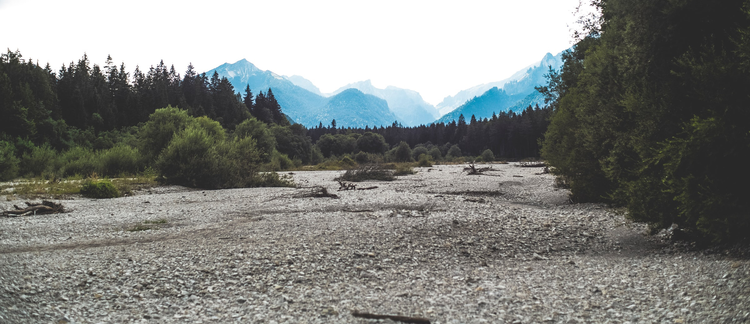Abstract
This intervention suggests the need to closely examine uncritical uses of 'regions' in both geographical research and resource management contexts. In particular, I argue that regions are frequently leveraged in a manner that is often indistinguishable from, and thus analytically similar to, other concepts connoting connections and relationships across space. The US Department of Agriculture's Conservation Reserve Program is briefly described to illuminate the process and implications of using simplistic and erroneous regional designations (configured around the 100th Meridian) to inform resource management policy. I proffer several ways in which regions 'do work' analytically, discursively and materially, and argue that it is precisely the performative nature of regions that warrants its utility and sustained application in scholarly and policy-making environments. Finally, I suggest that the analytic toolkit possessed by political ecologists makes us uniquely equipped to assess, reconfigure, and employ regions and regional designations in our research; applications that will hopefully inform more accurate, nuanced and socially just policies.
Keywords: 100th Meridian, conservation reserve program, political ecology, regions, environmental management
How to Cite:
Simon, G., (2016) “How regions do work, and the work we do: a constructive critique of regions in political ecology”, Journal of Political Ecology 23(1), 197-203. doi: https://doi.org/10.2458/v23i1.20190
Downloads:
Download PDF
View PDF
1430 Views
543 Downloads

